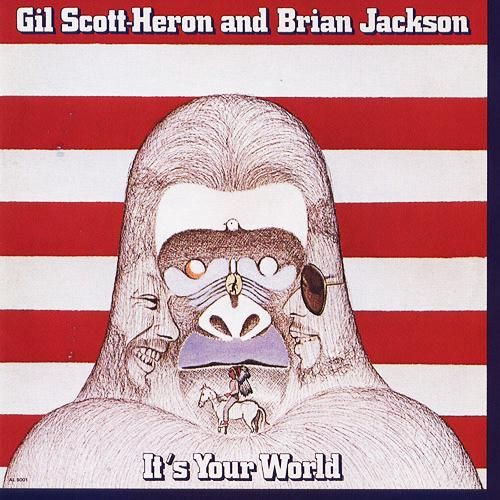The American Flag On Rap Album Covers Throughout History
Here’s the new track from ASAP Rocky, whose debut mixtape, Live, Love ASAP comes out today. The Harlem rapper recently signed a three-million-dollar deal with Sony subsidiary Polo Grounds Music and denounced homophobia in an interview with Pitchfork. That last part shouldn’t be as newsworthy as it is. That’s the cover of the mixtape there. It’s a good cover, I think. What interests me most, though, is the use of the American flag in the image, which places ASAP Rocky in a long tradition in rap.
This past summer, Jay-Z and Kanye used a blurry, Jasper Johnsish flag as the cover for their single, “Otis.”
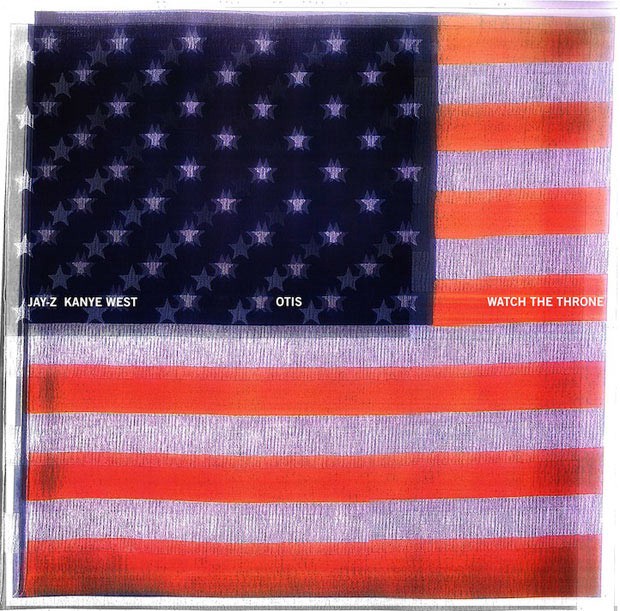
But ASAP’s cover is most reminiscent of the one Outkast used eleven years ago for the Stankonia album.
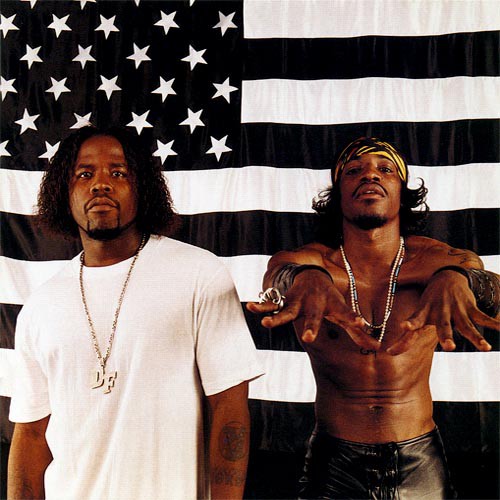
Originally an Outkast acolyte, the great Atlanta rapper Killer Mike used a black-and-white flag with skull-n-crossbone stars for his first independent album in 2006.
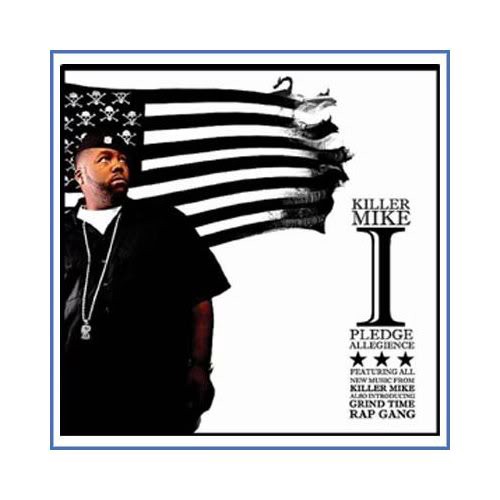
And for its sequel, two years later.
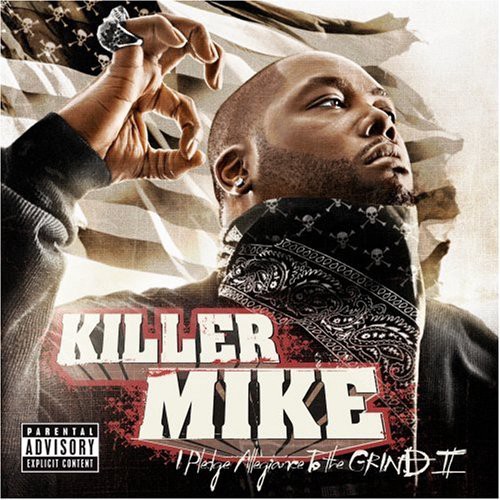
Also from Atlanta, also in 2008, Young Jeezy draped himself in a flag on the cover of his album, The Recession, which featured the celebratory single, “My President.” (“My President” featured a guest appearance from Nas, who had posed in front of the stars-and-stripes for the cover of XXL magazine earlier that year.)
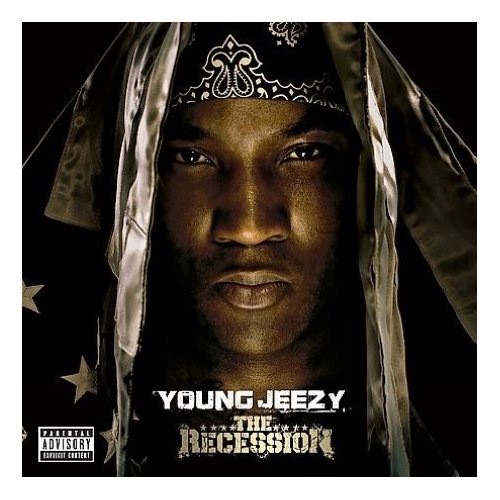
Ice Cube’s usage of the flag was less reverent back in 1991. There was a recession at that time, too. But George H. W. Bush was in office, and the album included the song, “I Wanna Kill Sam.”

The late Bay Area legend Mac Dre spoofed Bush’s predecessor on the excellent cover to his 2004 album, Ronald Dregan. A single from album, “Dreganomics,” espouses living life, “royal, spoiled, the American way.”
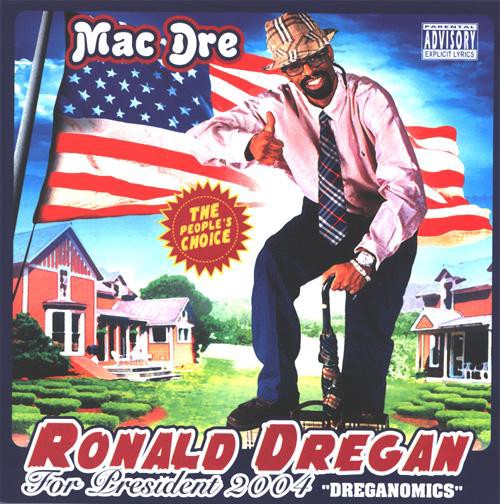
Ten years earlier, in 1994, fellow Bay Area rapper Spice 1 had taken a more Ice-Cube like approach.
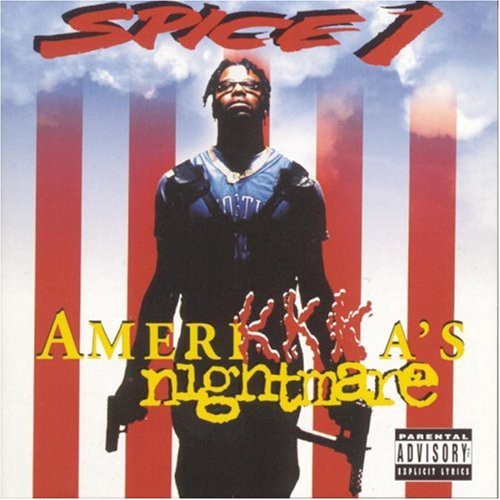
In 1998, the Geto Boys depicted a young person smoking crack in front of the White House, with Uncle Sam looking on and the stars-n-stripes adorning the album title.
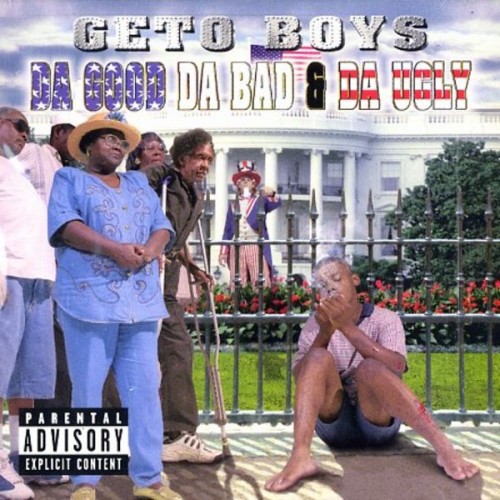
That same year, New Orleans’ Full Blooded, a “soldier” in Master P’s No Limit Records “army,” wore fatigues and dug up Arlington Cemetery with his hands on the cover of his Memorial Day album. (God, those Pen & Pixel No Limit covers were always so amazing.)
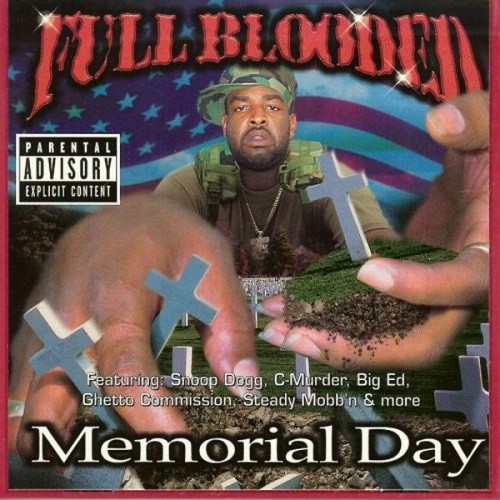
In ’99, elsewhere in New Orleans, a teenage Lil Wayne wore patriotic underpants on the cover of his first solo album.
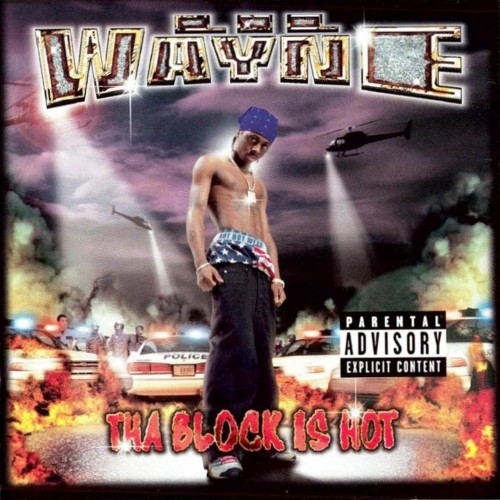
Master P himself used the flag to reference the famous “Say hello to the bad guy” scene from Scarface in 2006.
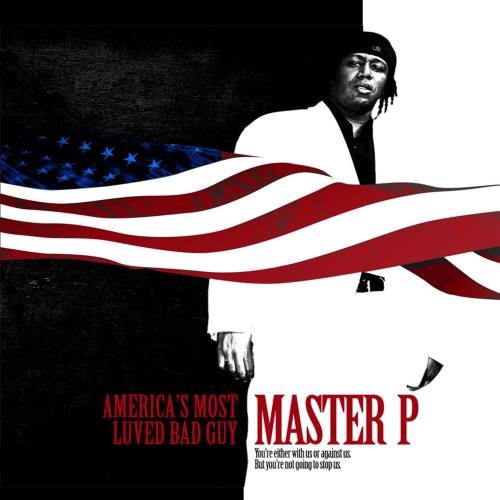
Tray Deee, of Snoop Dogg’s East Sidaz, posed like Patton in 2002.
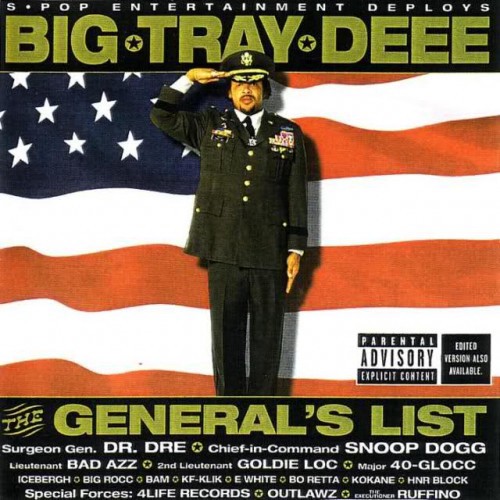
And of course, Harlem’s Dip Set similarly saluted the following year. (Maybe that’s really where ASAP took his inspiration from.)
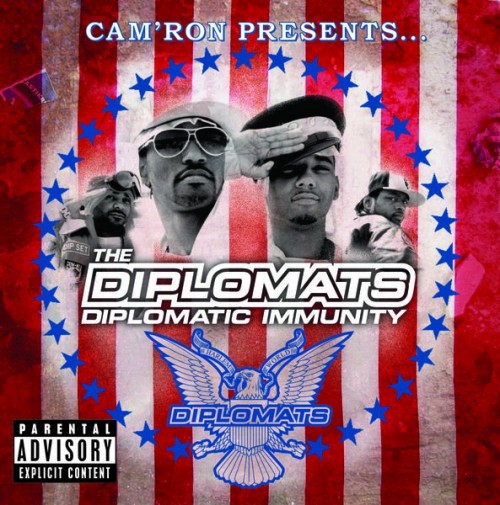
Lately, in general, American flag imagery on rap album covers has been less overtly political than it used to be.
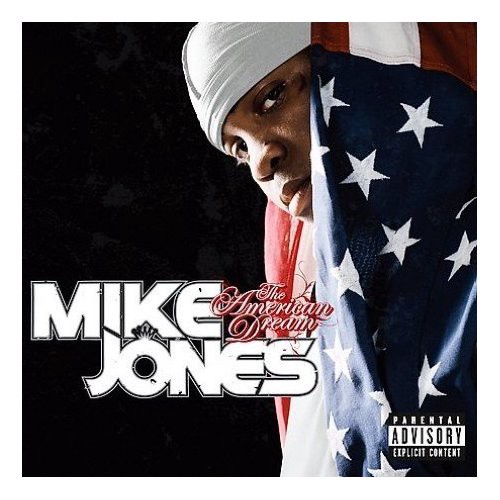
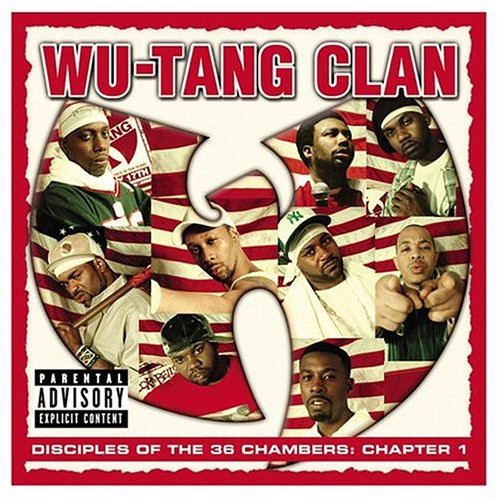
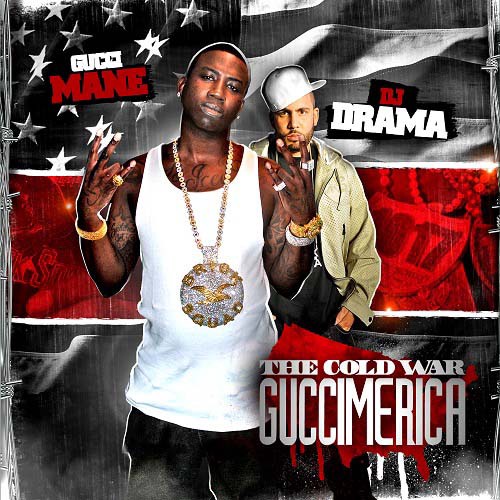
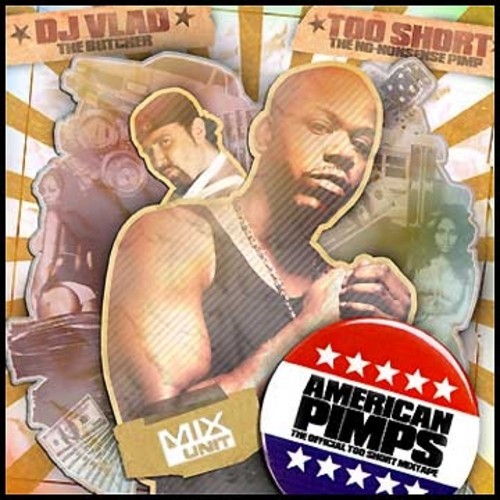
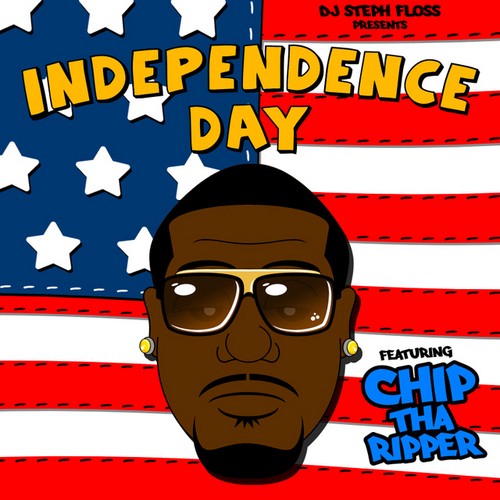
Seems like a million years since 1990. Uncle Luke placed fourth, with 11 percent of the vote, in this year’s Miami-Dade County mayoral race.
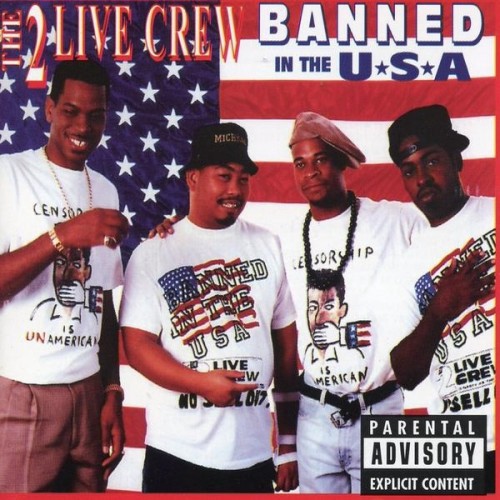
And of course, even longer since 1976, when the late, great Gil Scott-Heron, who’s as worthy of the title of the original rapper as anyone, set the tone in this regard, as well.
